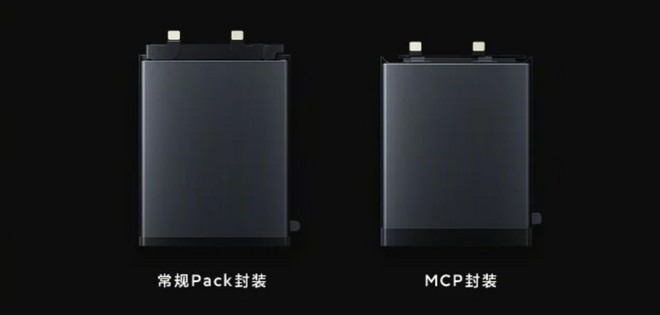There is an element of smartphones that everyone really cares about. The appreciation for design is subjective, the quality of the cameras is more or less important depending on who and how much use them, and so on: but autonomy is a factor that, by its nature, affects all users closely.

A smartphone can be as beautiful and performing as we like, but when it’s empty it’s worth less than a calculator. Between fast recharges (in this Xiaomi is the master, see the 120W one on 11T Pro) and optimized processors, the aim is therefore to “take us until the evening”, as they say in the jargon, and maybe even beyond. And one of the constant technological challenges of the mobile market is to keep together the increase in performance of phones and the needs related to autonomy.
And in this sense, Xiaomi announced (currently using only Chinese channels, such as its profile on the platform Weibo) one unprecedented technology definitely interesting. The promise of the Chinese giant, in fact, is to succeed in making the new batteries, with the same size as the traditional ones, significantly more capacious.
Specifically, Xiaomi speaks of a 10% increase in capacity keeping the same volume. For the Chinese giant, this is the equivalent of 100 minutes. Side note: as always with regard to time estimates related to autonomy, in order to interpret them correctly it is necessary to know what is the scenario put in place by the manufacturer to proceed with the measurement.
These results are allowed by the higher silicon content inside the cell: Xiaomi speaks of a quantity three times higher than current batteries. But in addition to this there is also a new chip that analyzes user behavior in an intelligent way and intervenes to reduce battery aging, also monitoring night recharges to prevent the continuous supply of current from having once reached 100%. a negative impact.
The conquest of Xiaomi is perhaps not yet the revolution we are waiting for but it seems to be a good step forward, one of those that can further raise the bar of autonomy that can be reached on a smartphone (obviously then there is always the ‘ interaction and integration with the SoC of the various models, and optimization at the software level). But also – why not – to relaunch more compact and thin devices: to reach the current levels of autonomy, in fact, fewer bulky batteries can be used.
Xiaomi currently has not unbuttoned when we will see this new technology applied to a smartphone for the first time: it is impossible not to think, clearly, of the new Xiaomi 12 flagships on the way. But in reality, as far as we currently know, it could be a technology still in the prototype stage, and far from being introduced on the market.



